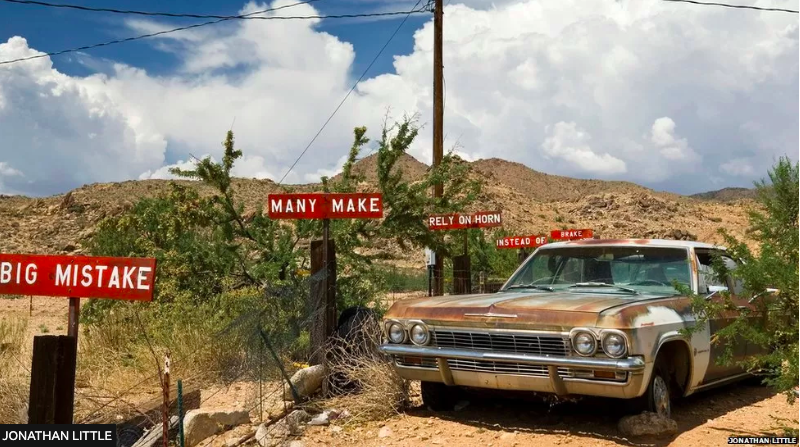If you live in a home, you know that there always seems to be that one neighbor who doesn’t take good care of their property. You look down the row and see nice lawns, and then one that needs to be weeded and mowed, and a hedge desperate for a trim. Most people shake their heads while saying nothing.
Canada has a similar problem. Along the shoreline there has been an accumulation of ships left to die like rusted cars in the driveway. Now the Canadian Coast Guard is on a mission! They are removing derelict ships from the coastline with a target list of more than 1500! That’s a lot of naval trash.
We can see this in organizations as well. I’m working with two companies that want to change their culture. One of my first questions is always, “Looking around, are their physical artifacts that send the wrong message?” I can spot these quickly as an outsider, but my clients have to really think about it because most people no longer ‘see’ what’s on the walls. It’s just part of the scenery.
We look for:
- Bulletin boards hosting old information
- Recognition awards that are years old with nothing new
- Plaques, posters, and messages with outdated slogans and references
- Awards for people who are no longer with the organization
- Value and mission statements that have become invisible – like wallpaper
I’ve seen monitors cycling through pictures that haven’t been updated in five years and recognition boards without a winner since 2019.
What message do these relics send? Something no longer matters. At a minimum, employees assume that what these artifacts represent has become irrelevant. At worst, the lack of attention is slowly destroying leadership credibility. “Another flavor of the month gone by.”
Culture exists whether leaders want to acknowledge it or not. It can have an incredible drag or booster effect on employee performance. If you want to improve your culture, start by taking a sober second look at aging messages around the office.
Thoughtfully yours,
Jeff Skipper



